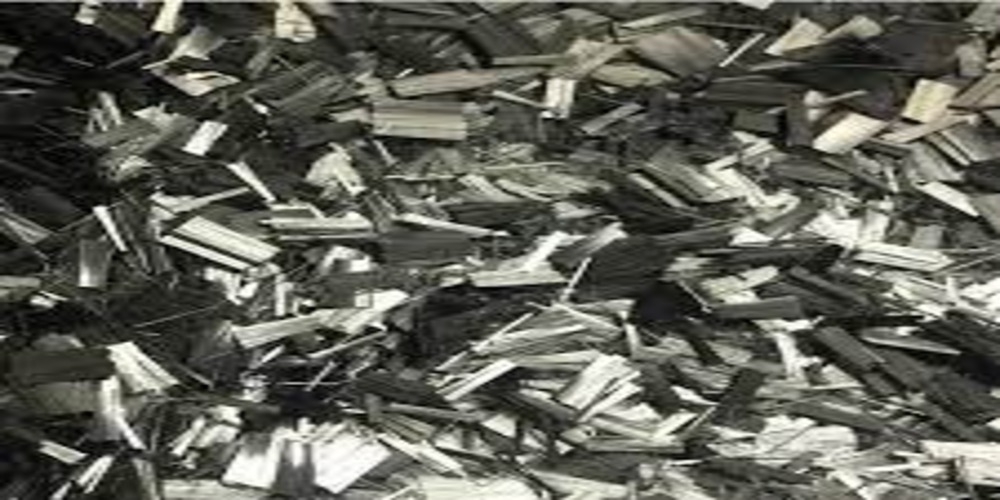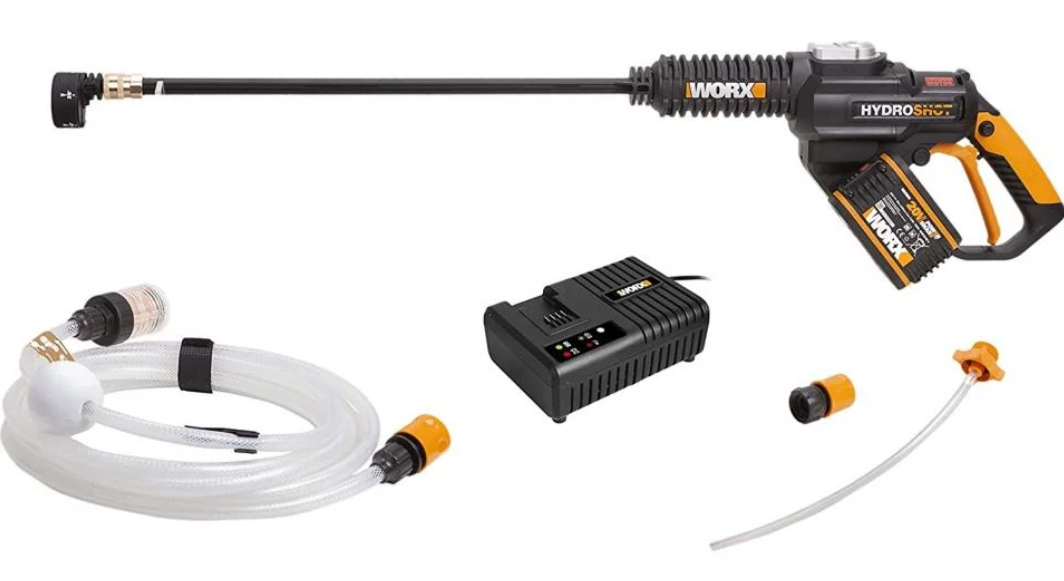The aerospace industry is one of the most regulated and highly competitive industries in the world. It’s also an industry that has historically led technological advancements for manufacturing, transportation, and other sectors. Aircraft manufacturers are constantly looking for ways to make planes lighter, stronger and more fuel efficient than ever before. The chopped carbon fiber is emerging as a material of choice for aerospace applications because it offers greater strength-to-weight ratio than aluminum—carbon fiber has 20x higher tensile strength than steel! In this article I’ll discuss how chopped carbon fiber is used in aircraft construction and what makes it such an attractive alternative to traditional materials like aluminum alloy sheeting or galvanized steel sheeting.
In a world where fuel costs are on the rise and climate change is a growing concern, strict federal regulations on fuel usage and efficiency have become increasingly important. These regulations are driving development for the aerospace market, too. Aircraft that use carbon fiber parts instead of metal ones can cut down on total weight, which in turn means less fuel consumption.
In addition to being lighter than metal, carbon fiber composites are also stronger than aluminum or titanium (and even some steel). Because it can be molded into complex shapes without losing strength, this type of composite is ideal for making parts like brackets and frames that would otherwise be too heavy if made from other materials.
Chopped carbon fiber makes up the majority of composite material used in aircraft construction.
Chopped carbon fiber makes up the majority of composite material used in aircraft construction. It’s stronger than aluminum, lighter, and more resistant to corrosion. The downside is that it costs more than aluminum.
Carbon fiber has a much higher strength-to-weight ratio than aluminum.
“Carbon fiber has a much higher strength-to-weight ratio than aluminum,” says Dr. John Mendeleev, an aerospace engineer at the University of Southern California. “It’s also stronger and more durable.”
These properties have made carbon fiber an obvious choice for aerospace engineers, who have been using the material since the early 1990s. Today, it’s used in everything from airplane wings to spacecraft structures—and with good reason: Compared to other materials like steel or titanium alloys (which are commonly used in aerospace applications), carbon fiber is lighter yet just as strong—even up to temperatures of 2400° Celsius (4500° Fahrenheit).
Composite materials also offer better corrosion resistance compared to aluminum.
Carbon fiber is lighter than aluminum, and it has a higher strength-to-weight ratio. Composite materials also offer better corrosion resistance compared to aluminum. The use of carbon fiber in aircraft structures is essential to reduce the weight of the aircraft, thus improving its fuel efficiency.
Conclusion
Chopped carbon fiber is the future of aircraft construction. It offers the same strength-to-weight ratio as aluminum but with better corrosion resistance and lower fuel consumption. In addition, chopped carbon fiber has a much larger range of application than aluminum because it can be molded into virtually any shape or size needed for specific applications like supercars or aircraft bodies without affecting performance characteristics such as stiffness, strength or density. Chopped carbon fiber also provides an opportunity for manufacturers to reduce their weight while increasing efficiency by using less material while still maintaining structural integrity at higher speeds than ever before possible before this breakthrough technology was developed!







